Since late Spring, Narragansett Bay and coastal shorelines have been tight with bait supporting many species of predator fishes.
Those predators, including stripers, bluefish, black sea bass, bonito, bonita and even cobia, are stocking up on proteins and fats from silversides, sand eels, peanut bunker and bay anchovies. Looking over the side of your boat, it can be confusing figuring out which is which, so…
Silversides are technically Atlantic silversides.

Drawing courtesy of the New York Natural Heritage Program
They prefer seawater temperatures around seventy degrees and for survival or spawning, will hold in grasses and shallow waters. Slender and beautiful, they appear similar to anchovies with the exception of their slightly smaller mouths.
Slinking through the inter-tidal zone and areas close to the shoreline, they feed on zooplankton, small squid, crustaceans and the occasional shrimp. According to Save The Bay’s The Uncommon Guide to Common Life on Narragansett Bay, they’re the most abundant fish in Narragansett Bay. If you’re fishing a salt marsh or saltwater river, you’ve likely heard big fish slamming through schools of silversides, often in waters far more shallow than you may have expected, which happens more after sunset. Most seasonal predators will target them, hence their amazing white and silver camouflage skin colors meant to save their own skin.
Sand eels are not eels at all, they’re Northern sand lances but have been incorrectly named as their swim patterns mimics eels with their distinctive side to side undulations and similarly pointed snouts.

photo courtesy of the County Angler
Sand lances average about four or five inches long and will use that snout to burrow into soft, small grain sands to avoid predators. Like the bluefish that prey on them, they’re known to feed on their own young. Sand eels are what all those fat seals are targeting, which is what all those amazing white sharks are targeting out on Cape Cod and recently closer to our own shores. South County shark spotter and Point Judith fishing royalty, Wayne Davis, has taken some amazing pictures from his airplane of tons of seals feeding on sand eels along the Cape. Lances were schooled up so thick they looked like someone took a Sharpie to the picture and smudged out part of the shoreline. They’re also heavily consumed by porpoises, puffins and other migratory birds.
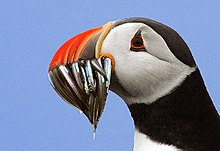
puffin pic borrowed from Wikipedia
Because they move along like eels, your imitations need to closely mimic their sultry moves. Lure designer Bill Hurley makes awesome sand eel soft baits impregnated with real mackerel and sand eel oils and there are several fly patterns out there, including the Theo’s and the Corsair.
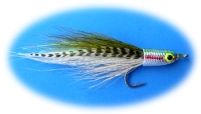
a Corsair made by Jack’s Fly Tying Material
As is true with most “hatch” type fisheries, it’s important to have a few variations in your tackle bag if you want to get in on the action.
Peanut bunker are juvenile Atlantic menhaden who were spawned along the coast and then rode ocean currents to grow in the relative safety of local estuaries. They’re beautiful little fish who grow to about a foot long and have distinct black dots behind their gill plates.
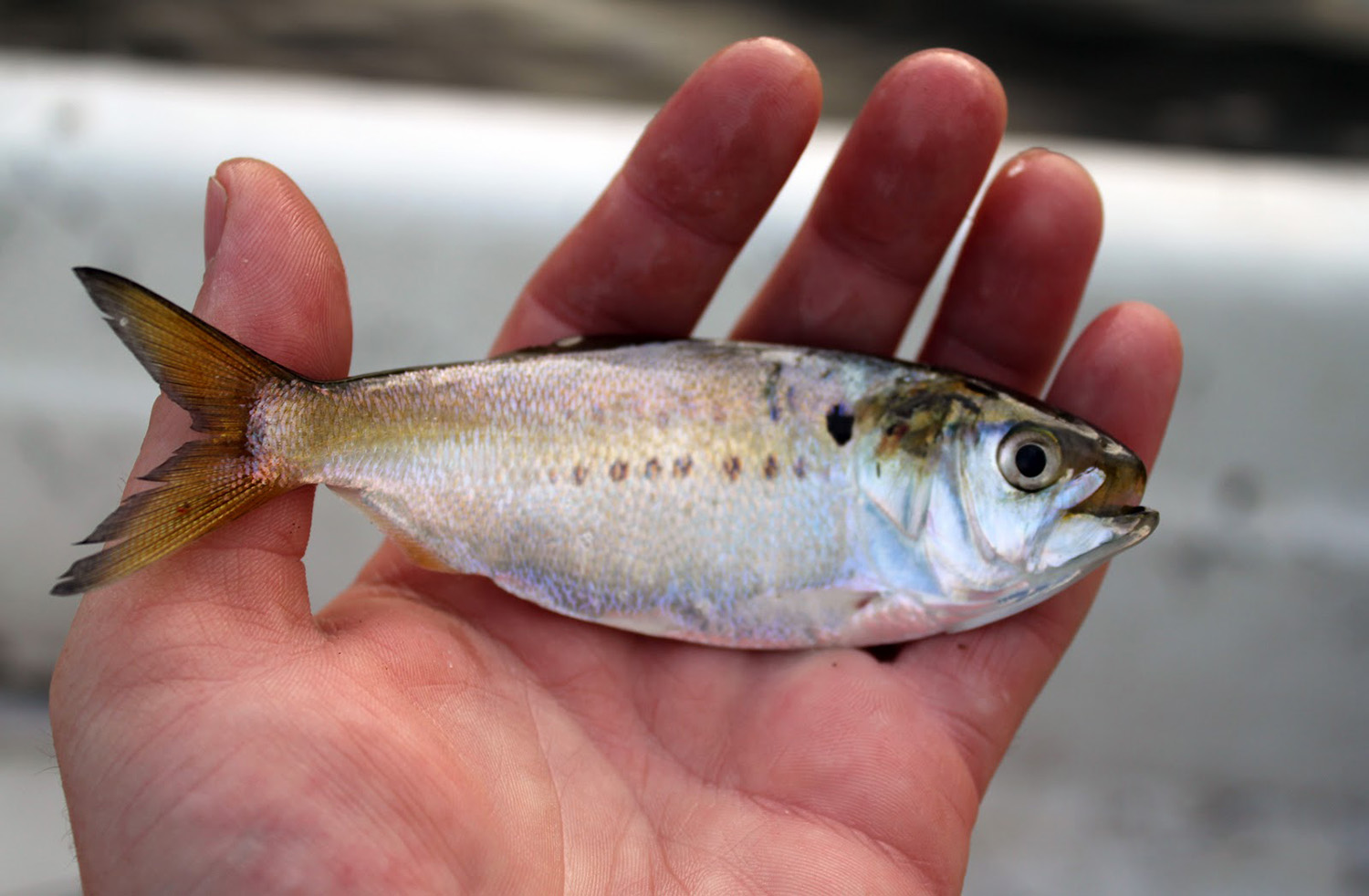
picture courtesy of The Connecticut Yankee
 Traveling in large schools and remaining here in big numbers until waters begin to cool, the ones we’re seeing this summer are those one year olds heading back to sea. As they feed on zooplankton, lots of predators are looking for them as a source of proteins and fatty natural oils, which is also why human predators drag for them by the millions for lobster bait, cat food, nutritional supplements and that all-important lipstick.
Traveling in large schools and remaining here in big numbers until waters begin to cool, the ones we’re seeing this summer are those one year olds heading back to sea. As they feed on zooplankton, lots of predators are looking for them as a source of proteins and fatty natural oils, which is also why human predators drag for them by the millions for lobster bait, cat food, nutritional supplements and that all-important lipstick.
A few times over the last few winters, Captain Jerry Sparks and I have witnessed summer-like blitzes of holdover stripers attacking schools of peanuts, making for a surreal fishing experience with snow in the air and fleece gloves on our hands.
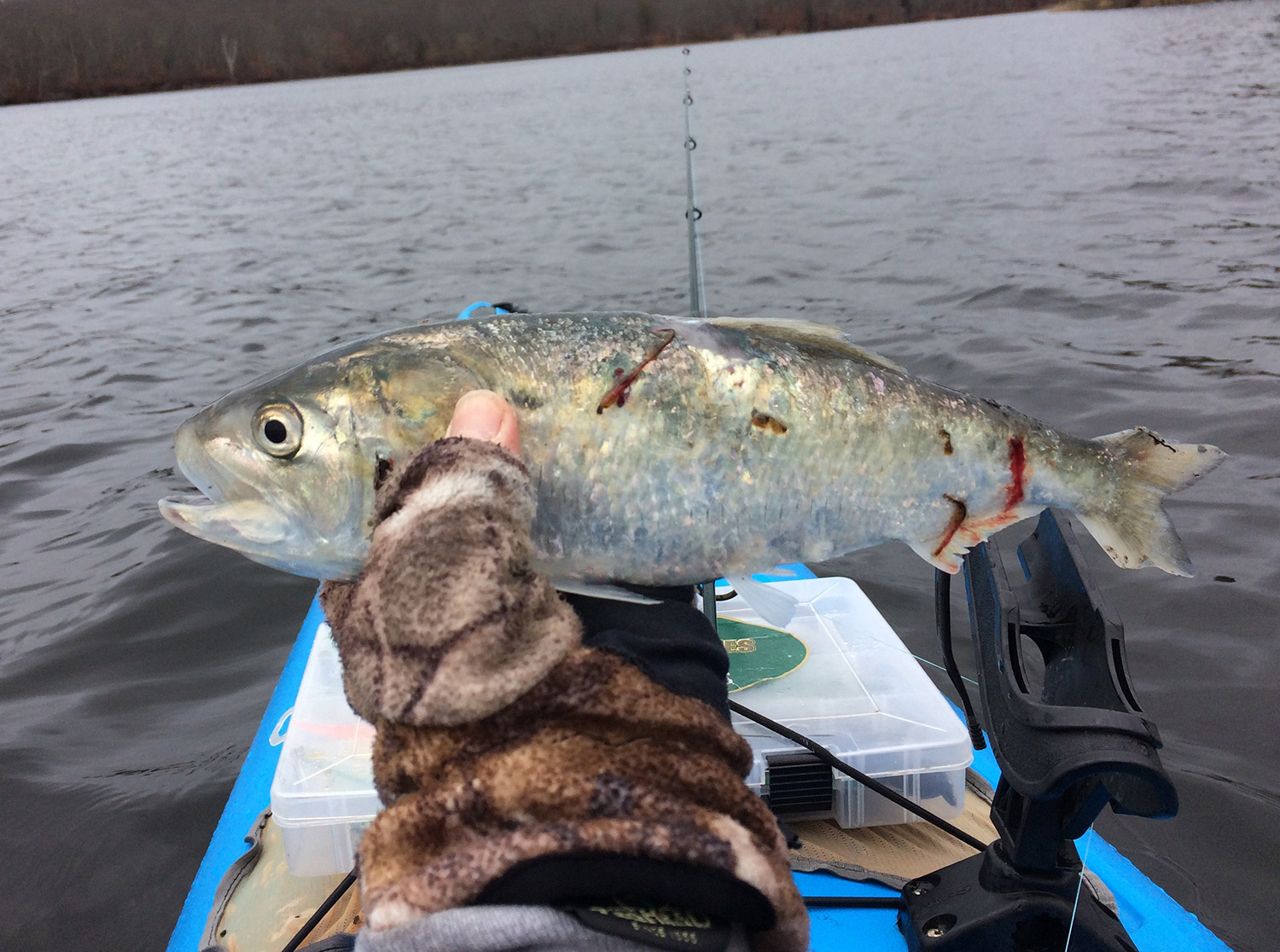
a torn up winter bunker
Peanut bunker are often live-lined to catch stripers; some local kayak fishermen have mentioned using that same method to catch Atlantic bonito. The Fish Whisperer, Tim Benoit, used to swing a giant rubber version of an adult menhaden, bouncing it along the bottom of Galilee’s channel, which surely was no easy task. The hook was so huge that only the biggest stripers dared to attack it and, no surprise, those were the ones he caught.
Bay anchovies are Anchoa mithillia and inhabit western Atlantic from Maine to Cancun. That’s a reach. They hang in shallow areas with decent structure, travel in schools to reduce predation while feeding on zooplankton and can somehow handle hard, sandy or muddy bottoms.

This picture originally appeared in On The Water Magazine
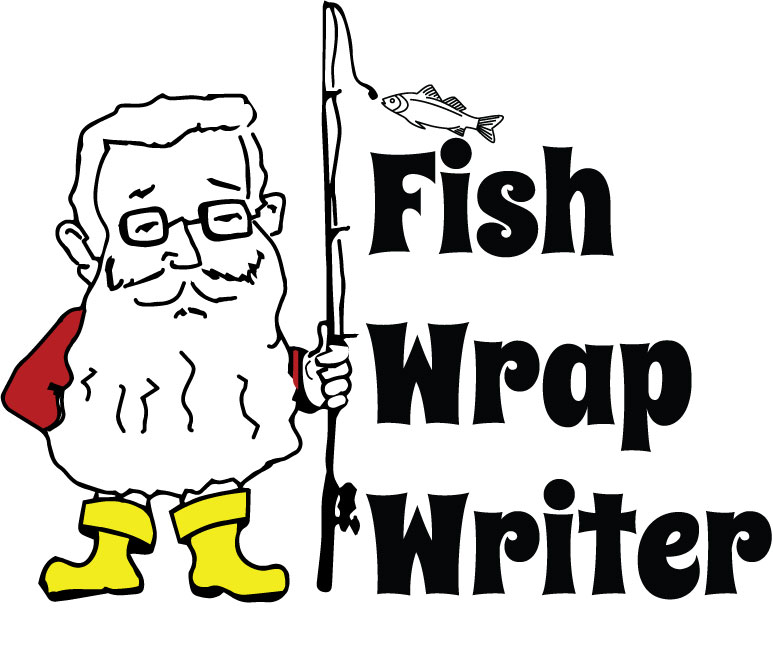
 Traveling in large schools and remaining here in big numbers until waters begin to cool, the ones we’re seeing this summer are those one year olds heading back to sea. As they feed on zooplankton, lots of predators are looking for them as a source of proteins and fatty natural oils, which is also why human predators drag for them by the millions for lobster bait, cat food, nutritional supplements and that all-important lipstick.
Traveling in large schools and remaining here in big numbers until waters begin to cool, the ones we’re seeing this summer are those one year olds heading back to sea. As they feed on zooplankton, lots of predators are looking for them as a source of proteins and fatty natural oils, which is also why human predators drag for them by the millions for lobster bait, cat food, nutritional supplements and that all-important lipstick.

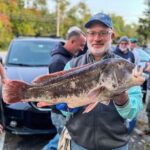

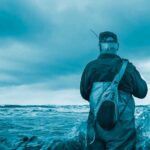
0 Comments